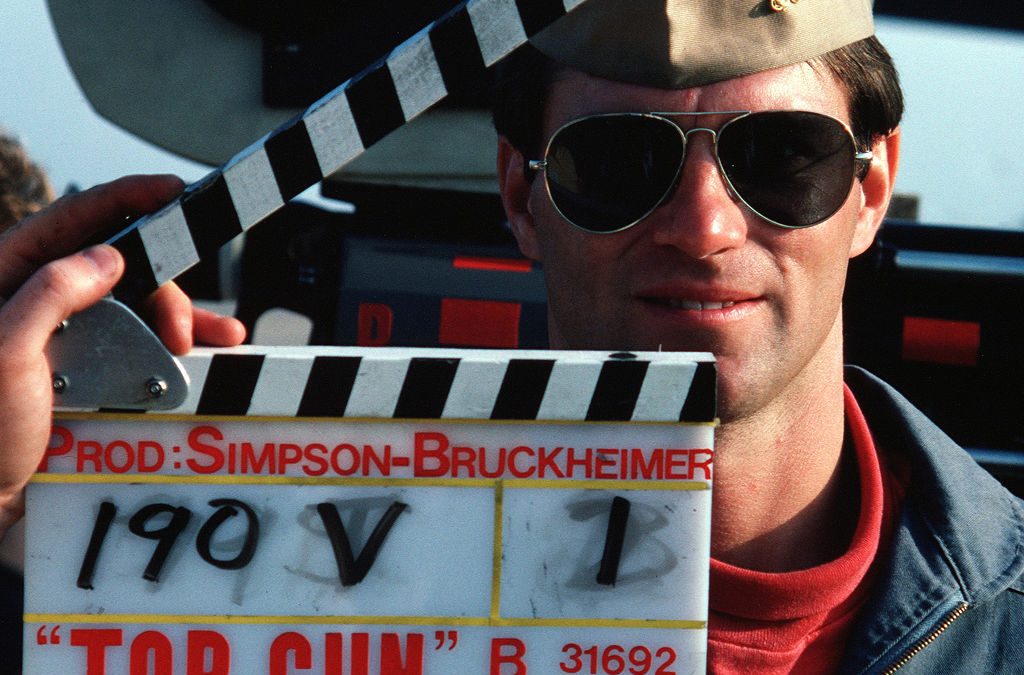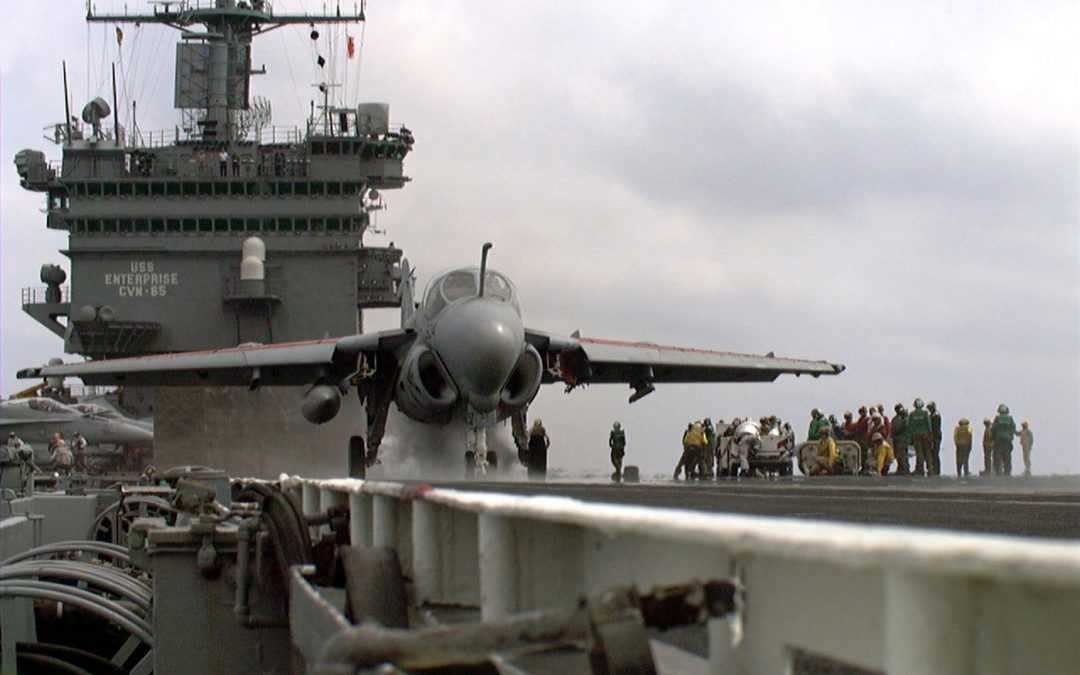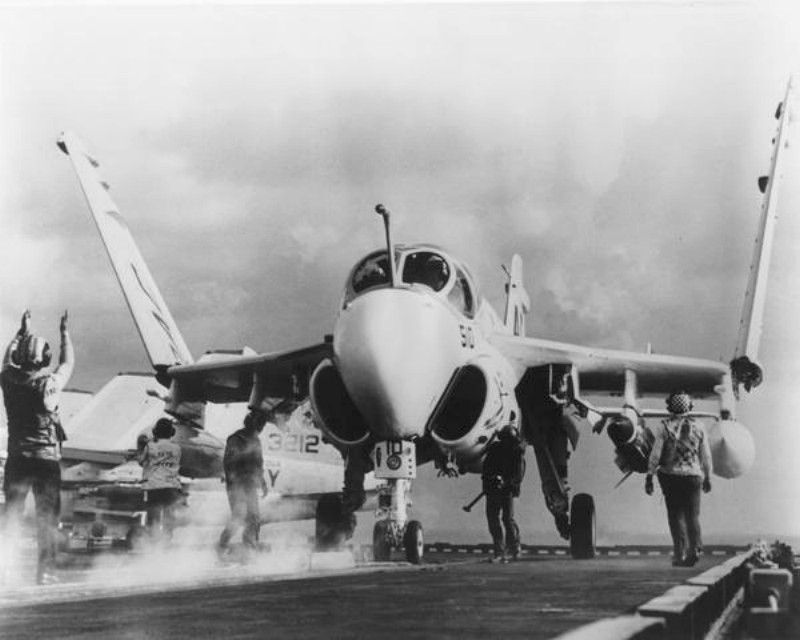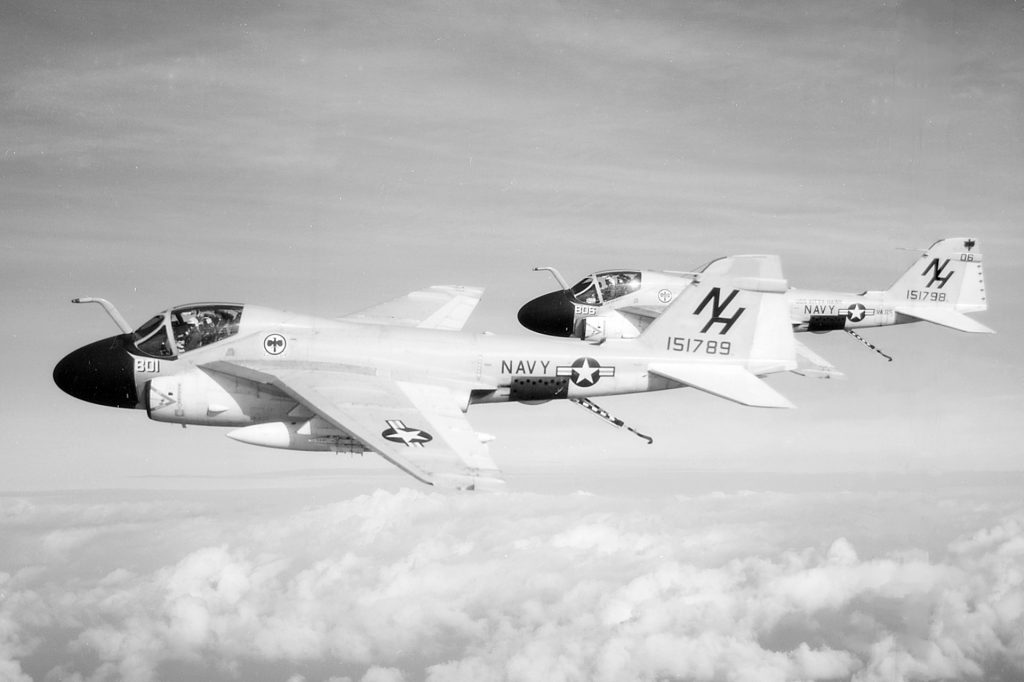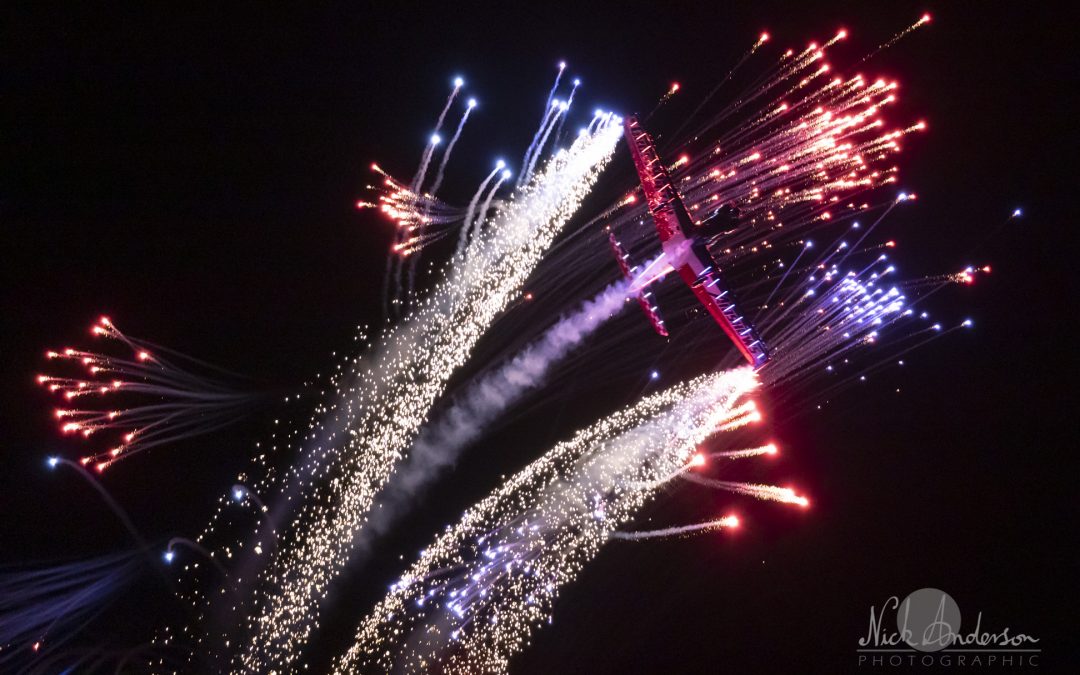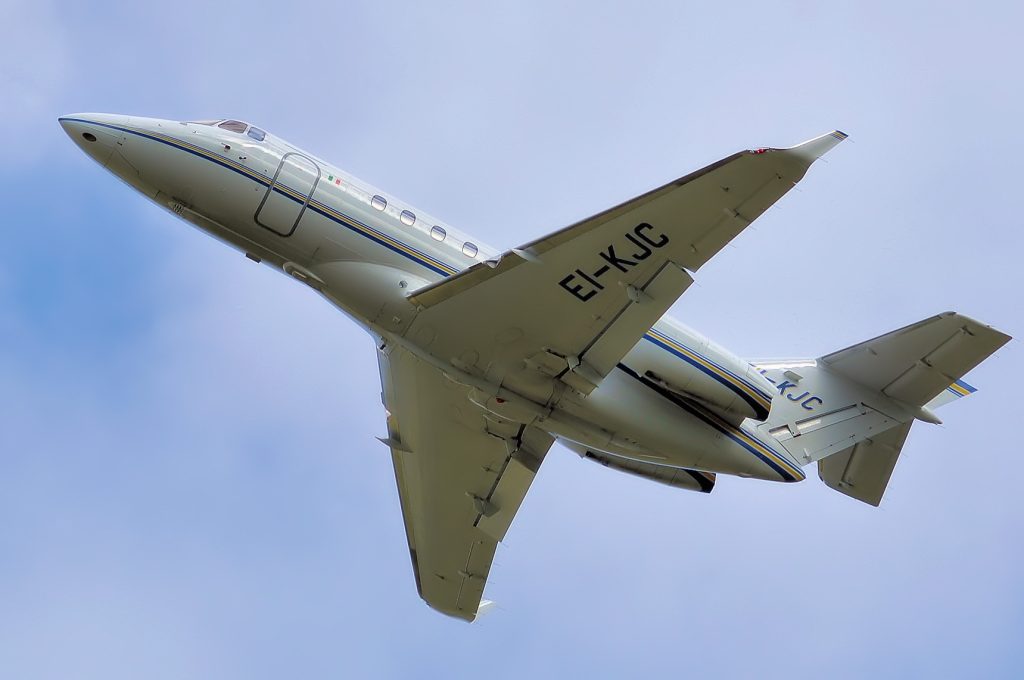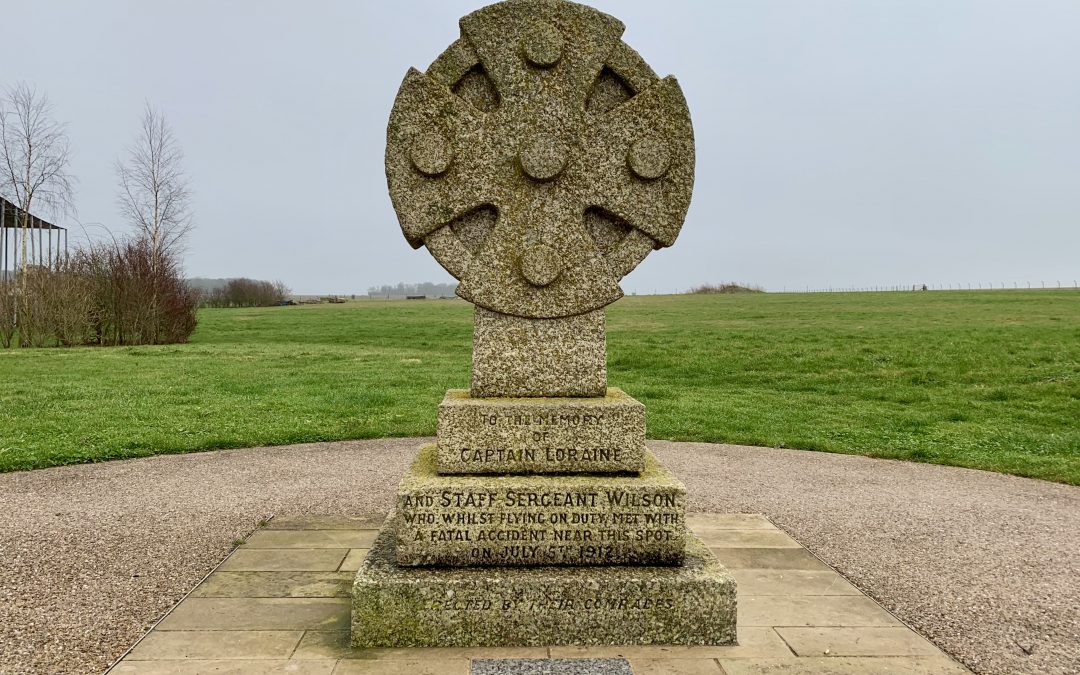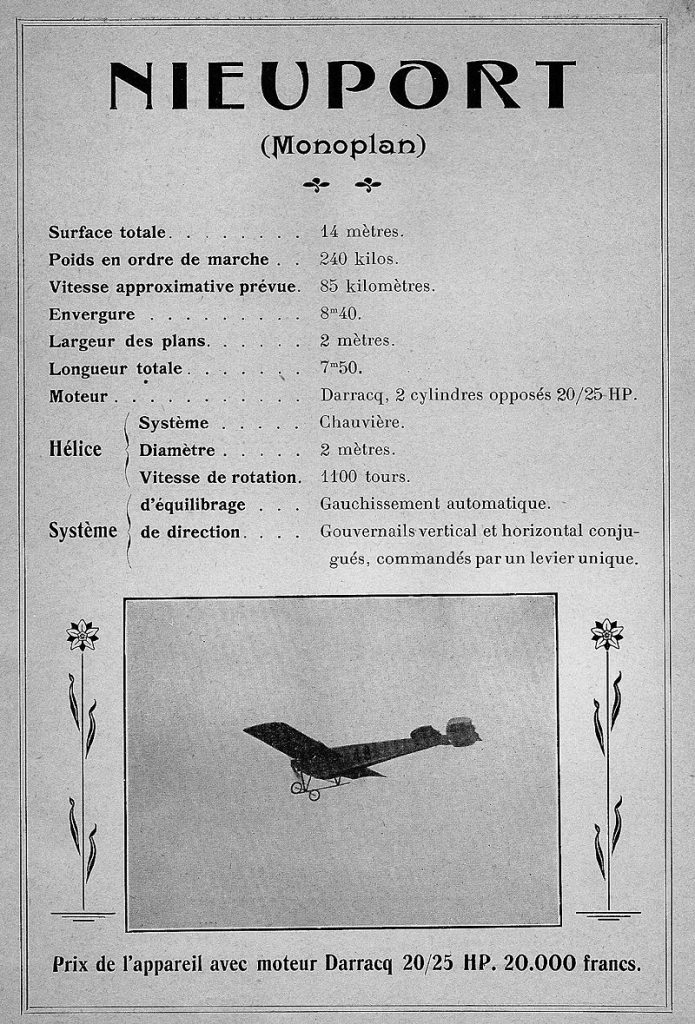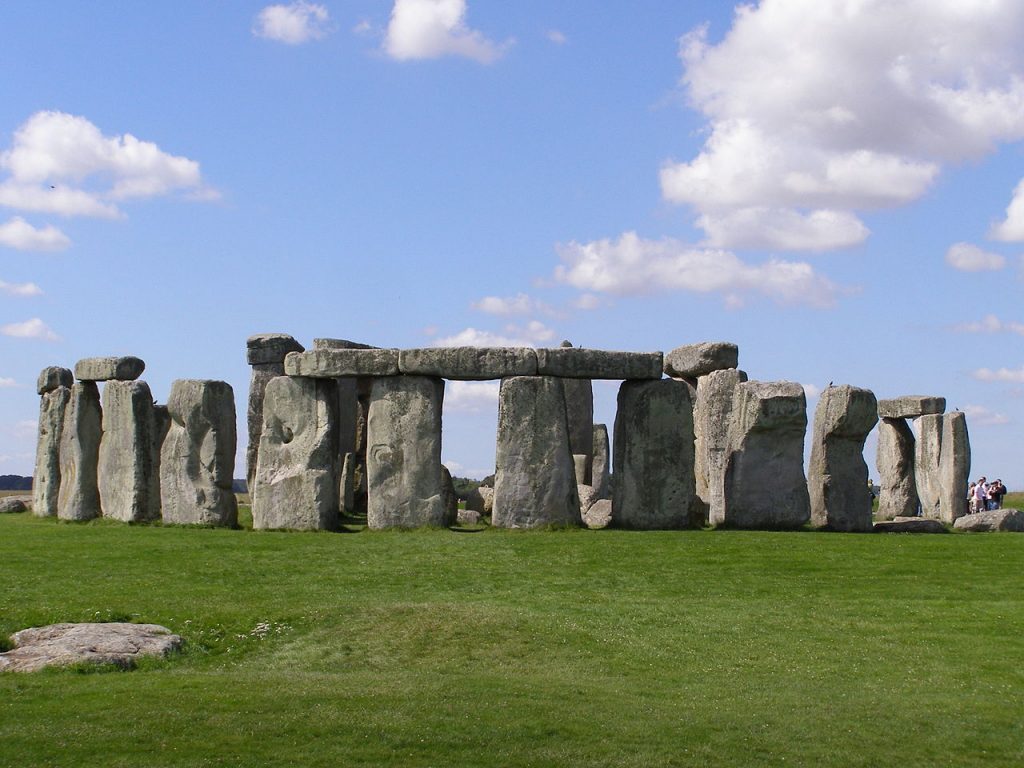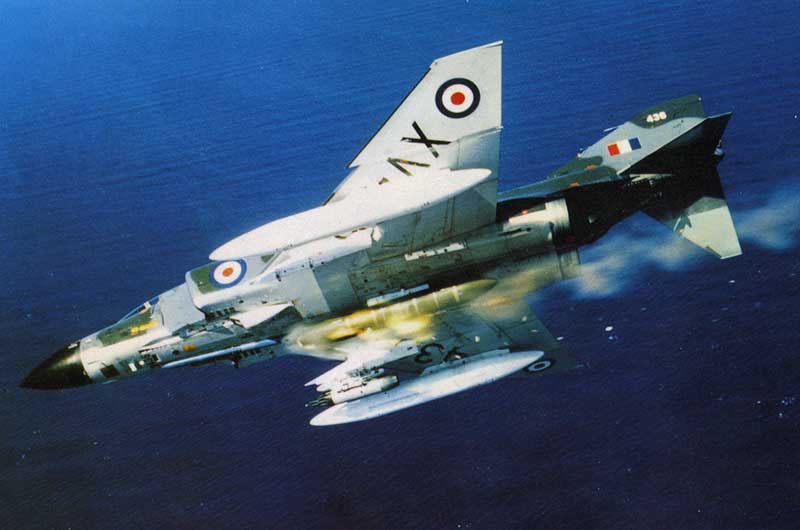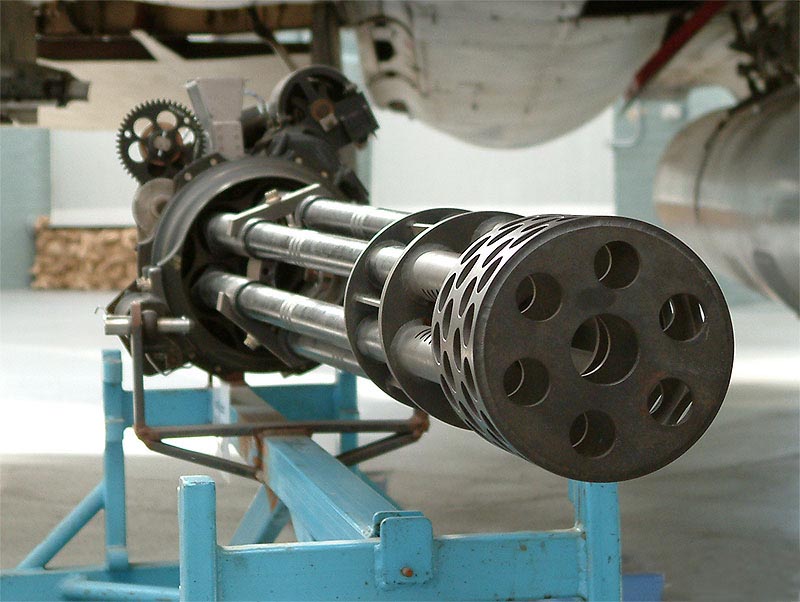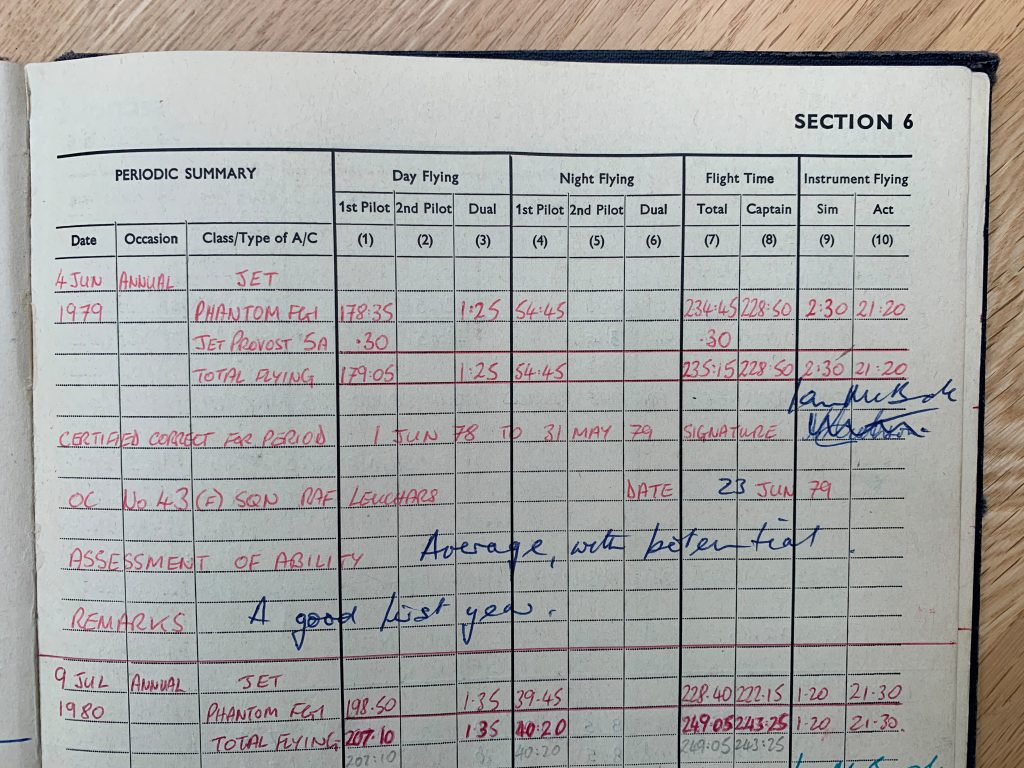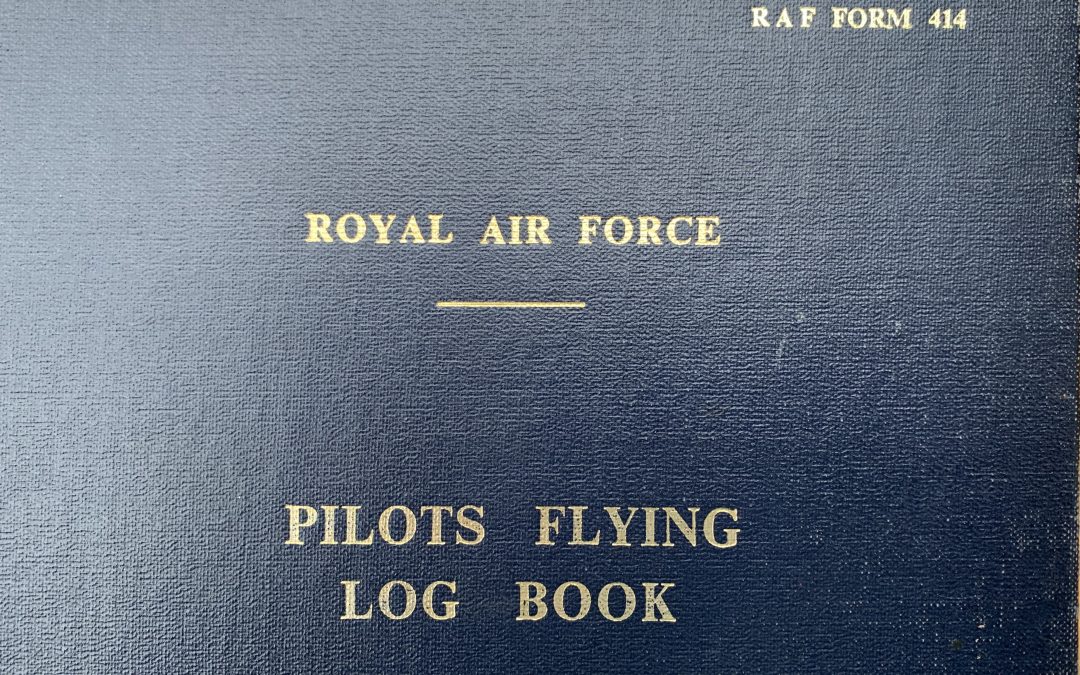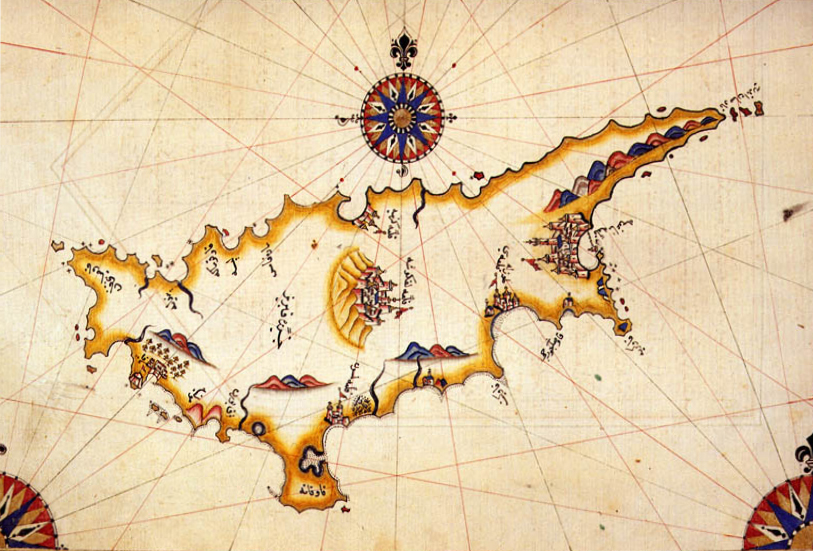
by captjeff | Mar 2, 2020 | Plane Tales
Podcast (pt): Download
With the prospect of a new movie following the classic Top Gun in the offing, we take a largely ‘tongue in cheek’ look at the F14 and how Maverick got into a ‘flat spin heading out to sea!”

F-14A Tomcats of Fighter Squadrons VF-51 “Screaming Eagles”, the VF-111 “Sundowners” and F-5E/F Tiger IIs of the Navy Fighter Weapons School.

An F-14D Tomcat.
Images under Creative Commons licence with thanks to PH2 Michael D.P. Flynn, the U.S. Navy, LCdr. David Baranak,

by captjeff | Feb 23, 2020 | Plane Tales
Podcast (pt): Download
During the Vietnam war, the A6 Intruder was known for making daring, low level attacks in foul conditions and often alone. As such it had more than its fair share of losses. One such loss was due to a lone .303 bullet which gravely injured the pilot and would have killed him if not for the brave actions of his Bombardier Navigator… actions that would result in the award of a Navy Cross.

An A6 Intruder on deck.

USS Kitty Hawk (CVA-63).

A pair of A-6As of VA-85 the Black Falcons in flight over the South China Sea.
Images under Creative Commons licence, with thanks to US Navy, Mike Corrado, ATR2 Randy Bender, PHCS Brown

by captjeff | Feb 17, 2020 | Plane Tales
Podcast (pt): Download
If you’ve ever looked out onto a wing and wondered what the strange looking blades and plates attached to it are? Then wonder no longer! An explanation of Vortex Generators and Wing Fences and why we need them.

A fine set of wing fences on the Mig 17. This one can be seen on the deck of USS Intrepid in NY.

A line of vortex generators on the wing of an A4 in the hangar of USS Intrepid.

The wing of a Skyhawk on USS Intrepid displaying a number of boundary layer control devices.

Vortilons can be seen projecting from underneath the center leading edge of the wings of this Hawker and it also has neat little winglets.
Images under Creative Commons licence with thanks to Adrian Pingstone.

by captjeff | Feb 6, 2020 | Plane Tales
Podcast (pt): Download
Visit the UNESCO World Heritage Site of Stonehenge and you will pass another stone monument. It’s the Airman’s Cross, placed by his comrades to commemorate the death of an early airman, Captain Eustace Broke Loraine and his Sergeant, who died when he crashed his Nieuport Monoplane near Stonehenge.
This pioneer aviator deserves to be recognised not just because of his own place in history but for his friendship with a very special officer who he encouraged to take up flying.

The Nieuport Monoplane

Stonehenge

Trenchard, the father of the Royal Air Force
Images under Creative Commons licence with thanks to Garethwiscombe and William Orpen.

by captjeff | Feb 2, 2020 | Plane Tales
Podcast (pt): Download
Fun in the Sun continues with part 2 of my first Air to Air Gunnery camp in Cyprus. The work has started and now it’s time to become ACE (Allied Command Europe) qualified with the mighty M61 Vulcan cannon.
Before long, though it’s time to return to reality and, as my first year on the squadron comes to a close, time for my first annual assessment.

An unmounted M61 Vulcan 20mm cannon.

The shells that the Vulcan cannon fires.

As pleased as Punch!
Images under Creative Commons licence with thanks to the RAF, Rhodekyll

by captjeff | Jan 26, 2020 | Plane Tales
Podcast (pt): Download
Delving back into my RAF Pilot’s Logbook, Form 414, it’s time for the annual instrument rating and prepare for our first deployment to RAF Akrotiri in Cyprus. Whilst the ‘High Ups’ sorted everything out for a major detachment, I’m left doing QRA but at last we are heading south for the Mediterranean. My journey, however, is in the opposite of a supersonic fighter jet!

The ancient island of Cyprus.

Our little corner of the ancient island of Cyprus.

A miniature and modern version of the usual meze that we often enjoyed.
Images under Creative Commons licence and others with thanks to Peri Reis and Cyprus Beat.
